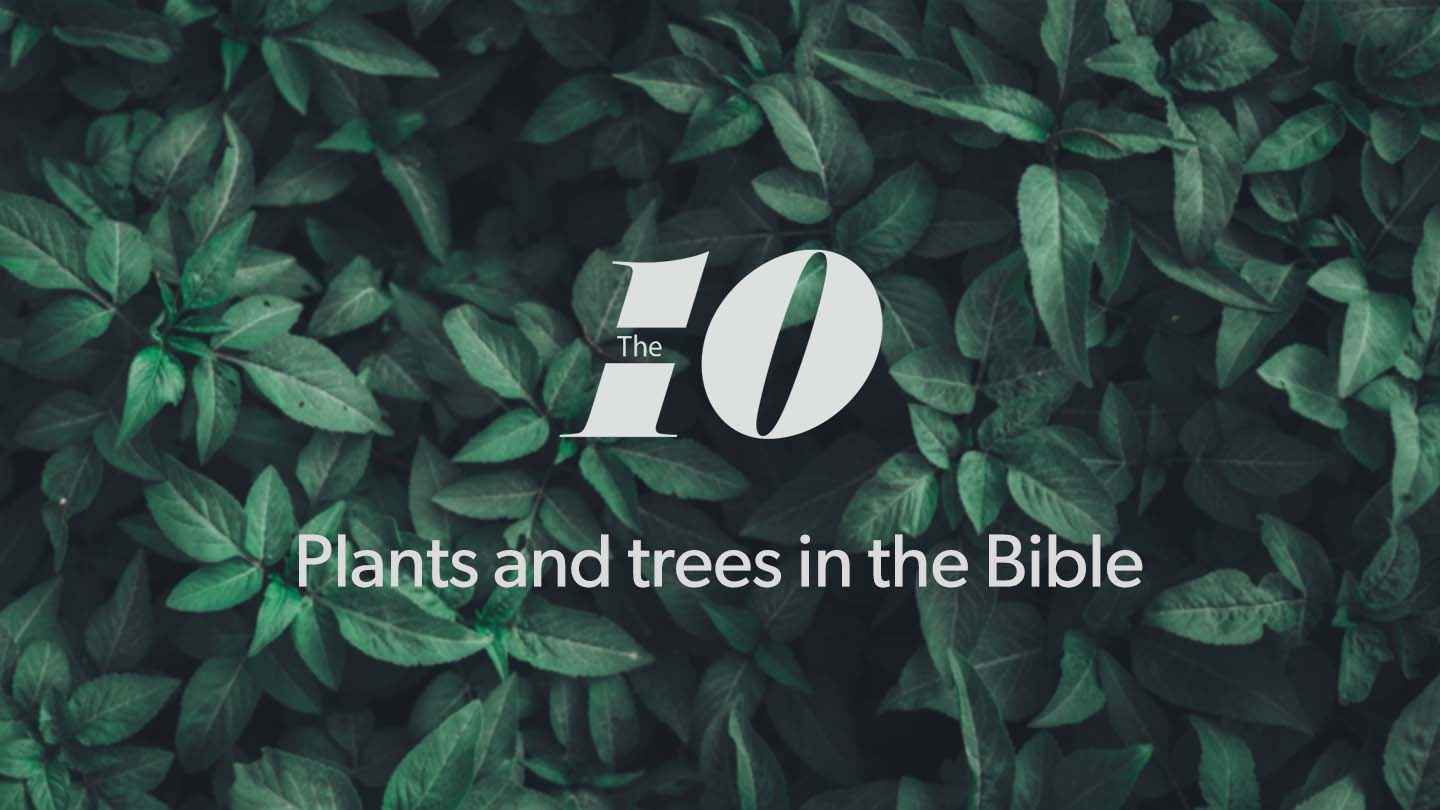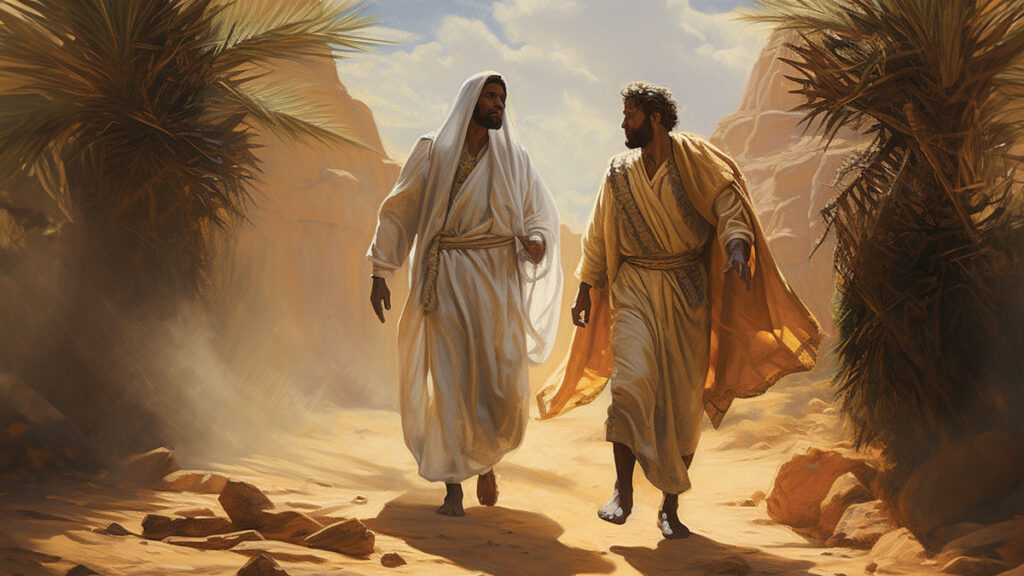Cedar of Lebanon
(Ezekiel 31:3–7; 2 Samuel 5:11, 7:2; 1 Kings 5:6; 6:6-36, 7:2, 10:27; 2 Kings 19:23; Ezra 3:7)
Cedars are mentioned throughout the Old Testament as a symbol of wealth and luxury. The Bible describes the cedar tree as strong and durable, graceful and beautiful, high and tall, fragrant and spreading wide. It was the noblest and largest tree known in Israel. David used in it building his palace, and Solomon used it in the construction of the first and second temples. His own palace was also built with cedars.
Oak tree
(Hosea 4:13; Amos 2:9; Isaiah 44:14; 2 Samuel 18:9, 10)
While the prominent feature of the cedar is its height, the oak is known for its strength. Oak trees are referenced in Amos 2:9 to picture the strength of the Amorites. The oak tree is also mentioned in the story of Absalom’s death.
Olive tree
(Genesis 8:11; Psalm 52:8, 128:3; Revelation 11:4)
There are around 25 references to the olive tree in Scripture. The first mention is when a dove returned to Noah’s ark carrying an olive branch in its beak.
Anemone (Lily of the Field)
(Matthew 6:28-30)
Anemone coronaria grows wild all over the regions of Syria and Palestine. These are strongly believed to be the anemones referred to by Jesus as the lilies of the field in His Sermon on the Mount.
Myrtle tree
(Isaiah 41:19; 55:13; Nehemiah 8:15; Zechariah 1:8,10,11)
The first time this tree is mentioned in the Bible is in Nehemiah 8:15 in regard to the preparation for the Feast of Tabernacles: “Go out into the hill country and bring back branches from olive and wild olive trees, and from myrtles, palms and shade trees, to make booths as it is written.” Myrtle trees also appear in one of Zechariah’s prophetic visions—he pictures a man standing in a ravine among myrtle trees, enjoying their humble beauty and fragrance.
Papyrus
(Exodus 2:3)
When hiding Moses between the reeds on the banks of the Nile, Miriam placed him in a basket made of papyrus. The reeds are also believed to be papyrus. Papyrus was used as a writing surface for the earliest surviving texts of the New Testament.
Grape vine
(Genesis 9:20; Psalm 80; Jeremiah 2:21; Ezekiel 15; Mark 12:1–12; John 15:1–6)
Vines and vineyards are mentioned quite a few times in the Bible, often comparing them to people. In the Old Testament, there are many references to Israel as being a vine that God planted. In the New Testament, Jesus brings the concept of the True Vine in John 15. He uses this plant to illustrate how we—the branches—are nothing but dead without Him, the True Vine.
Aloe
(John 19:39; Numbers 24:6; Psalm 45:8)
Commonly used today as a balm for burns or as a skin ointment, aloe was used by Nicodemus in combination with myrrh as an embalming fluid to prepare Jesus’ body for burial. With no scent of its own, when mixed with myrrh, aloe would enhance and retain fragrance.
Acacia trees
(Exodus 37 and 38)
Acacia trees were used as raw material to build all the structural features of the Tabernacle. The ark of the covenant, the table, the altar of incense and the altar of burnt offering were also made of acacia wood.
Palm trees
(Psalm 92:12; Song of Songs 7:7,8; John 12:13; Revelation 7:9; II Kings 2:21; Deuteronomy 34:3; Judges 1:16)
Palm trees are mentioned several times in the Bible. In the Old Testament, they are referred to as a picture of the upright, “The righteous shall flourish like a palm tree. . .“ (Psalm 92:12) and “Your stature is like that of the palm tree . . . “ (Song of Songs 7:7). In the New Testament, palm branches were used to welcome Jesus into Jerusalem.






